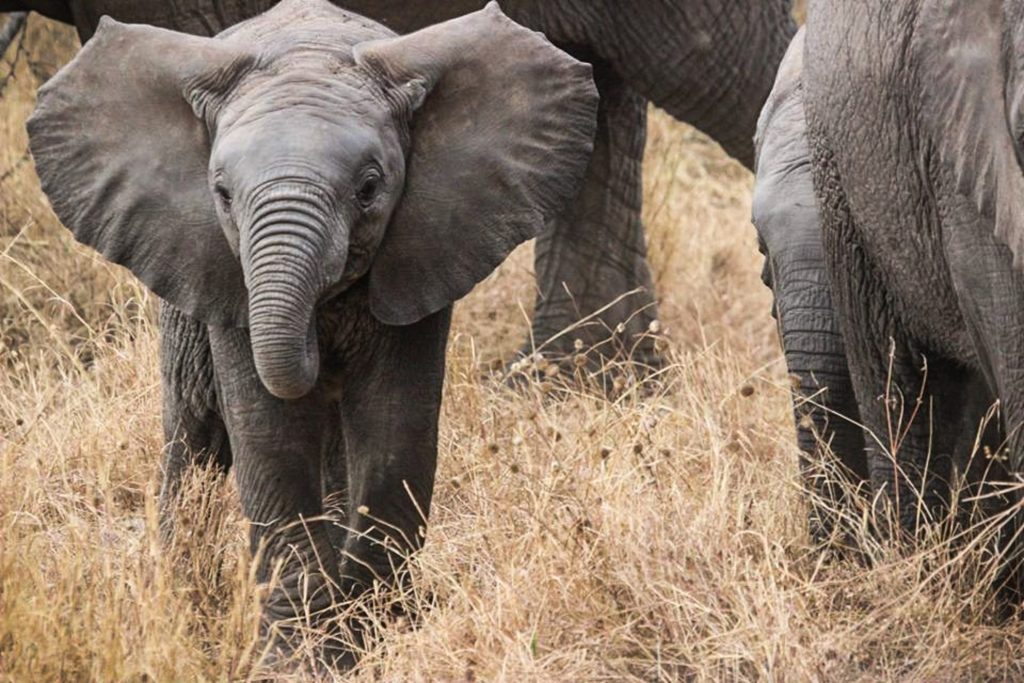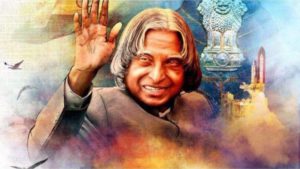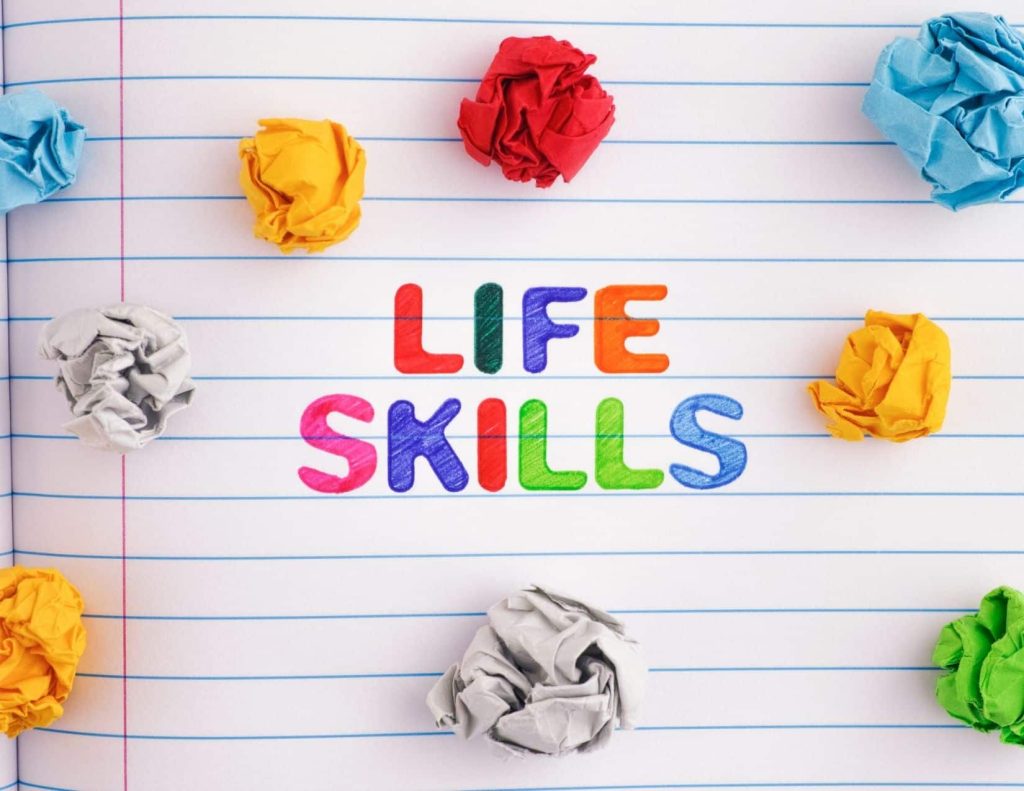One of the most popular types of photography is taking impromptu or ‘candid’ images of people. Every professional photographer should practice and master the art of capturing candid moments naturally on camera. Candid photography captures life as it is. Authenticity is more vital than precision in candid photography. This genuine look, on the other hand, isn’t always easy to achieve. People are quick to recognize and adjust their behaviour when they see a photographer. You must be quick to capture people before they see you in order to get a truly candid photo. Podium brings to you everything you need to know about candid photography.

What is Candid Photography?
Candid photography is a form of photography in which the models and the scene are neither staged nor posed. Candid shots are usually of people and can be taken anywhere: at home, at the store, at a child’s birthday celebration, and so on. Street photography, wedding photography, and photojournalism are all examples of candid photography.
Candid Photography Uses
Aside from reportage, candid photography styles and approaches can be used in a variety of ways. The following are three of the most common applications for candid photography:
Street Photography: Photographers on the street use their cameras to capture the rituals and events that take place on the streets. In general, street photography captures candid images of individuals on the street in order to tell a story about mankind.
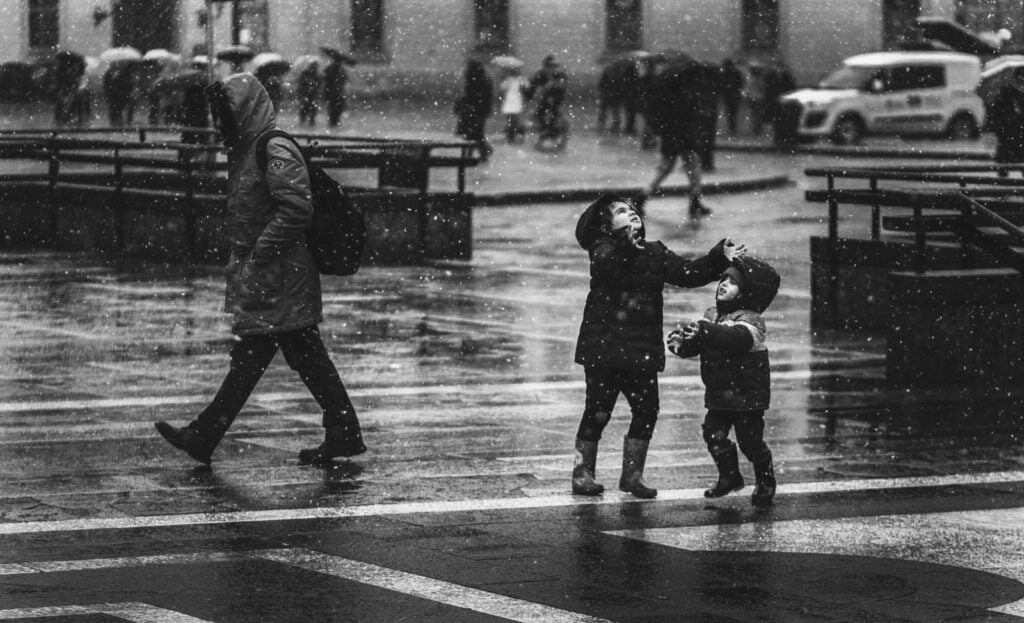
Wedding photography: Similar to candid wedding photography, candid wedding photography can capture the celebration’s raw emotion. A candid wedding photographer will capture the laughter, tears, and other ‘candid moments’ that help create a more full picture of the wedding celebration.
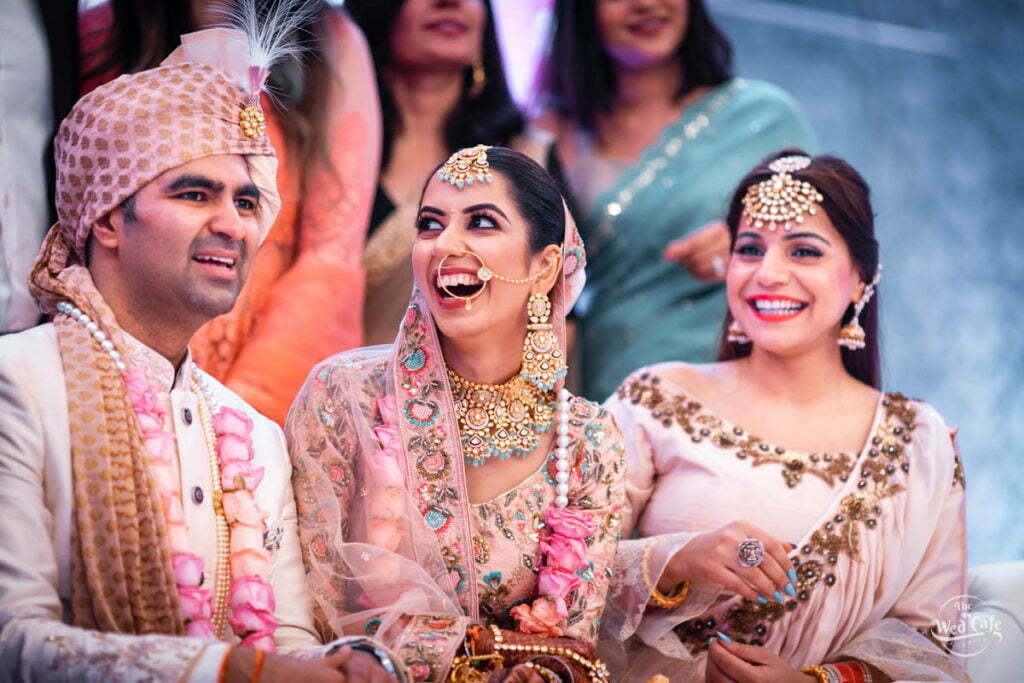
Wildlife photography: In many respects, candid photography is similar to wildlife photography in that it requires you to blend in and go unnoticed in order to catch your subject’s true self.
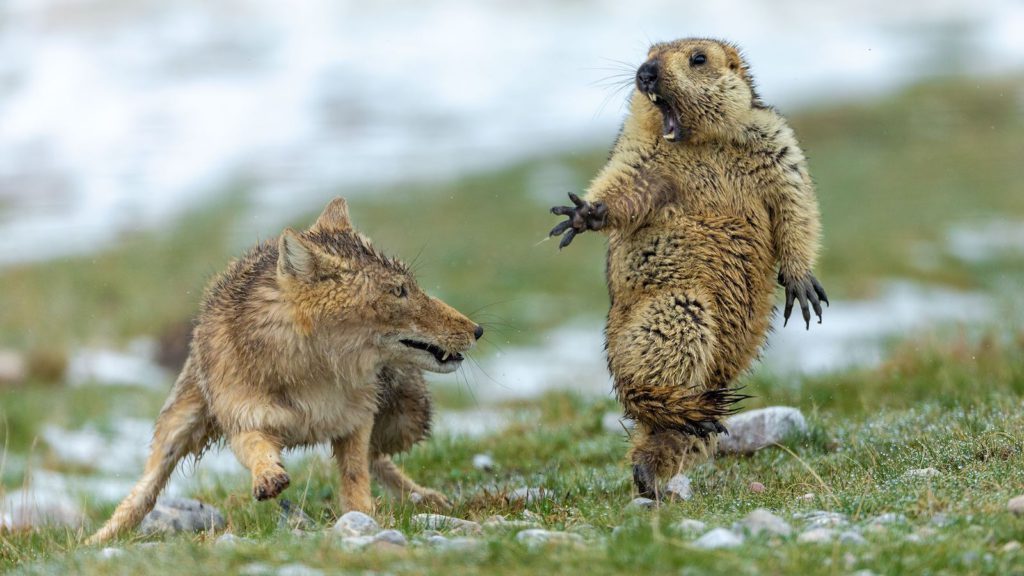
Best Cameras for Candid Photography
DSLRs and mirrorless digital cameras are ideal for candid photography because they allow you to take hundreds of photos without the money and work required by film. Your candid photography subjects should be completely oblivious that they are being shot in an ideal situation. As a result, the ideal option is a compact, unobtrusive camera. Because of its slim design and small lens, a Leica is the “classic” camera for candid photography, but any compact digital camera can suffice. Nikon, Canon, and Sony DSLR cameras are all fantastic for candid photography. Make sure the camera you choose has a high ISO and a fast shutter speed. Even in low light, these settings will allow you to shoot amazing shots of moving subjects at brief moments.
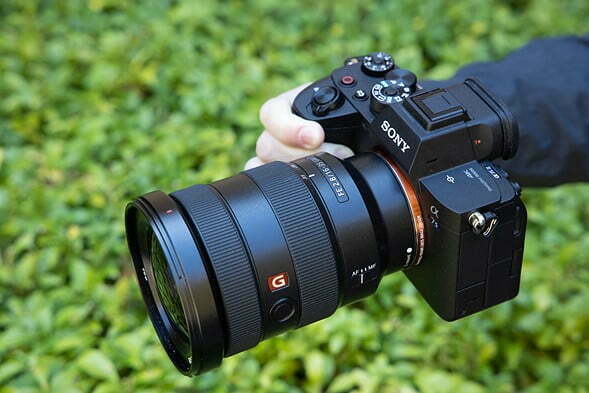
Equipment for Candid Photography
Following a solid camera and flash, there are a few extra pieces of photographic gear that can help you take even better candid images.
- Tripod: A tripod is useful if you think you’ll be shooting the same scene for a long time, such as from a particular street corner. Tripods aid image stabilisation, which is especially useful in low-light situations and when using a telephoto lens.
- Memory Cards: Keep many memory cards on hand in case you end up taking hundreds of images before getting the perfect candid shot.
- Backup Batteries: Make sure you have a spare battery and charger with you. As a candid photographer, you want to be ready to snap that great shot at any time.
- Bounce Flash: A powerful flash is not recommended for candid photography since it can lead your subject to become distracted, drawing attention to you and potentially destroying your candid moment. Invest in a bounce flash instead to add light to candid images. A bounce flash directs your flash in a different direction (typically 45 degrees up), bouncing it off the walls and ceilings around you. With little effort, this gives a more “natural” lighting look.
- Diffuser: A diffuser is a translucent plastic device that covers your flash and softens and disperses the light it produces. This will also allow you to add light to your candid photos in a non-intrusive manner.
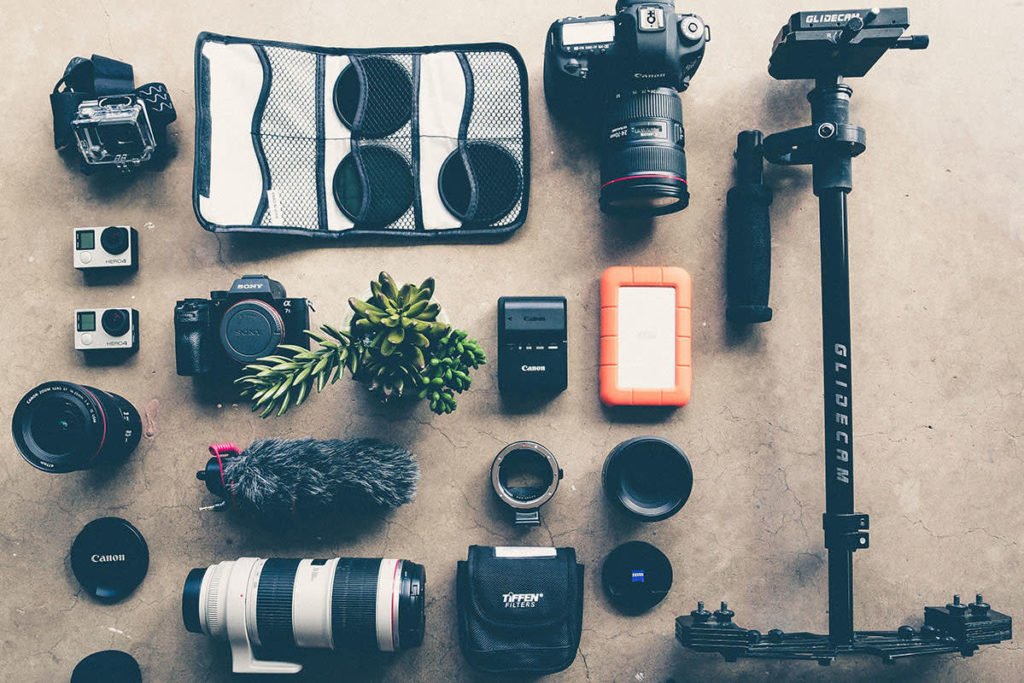
Candid Photography Best Lenses
- 70-200mm Lens: The most popular telephoto lens, it enables for unobtrusive shooting from afar, thanks to the zoom, which allows you to catch your subject from a considerable distance.
- 50mm Lens: This fixed lens produces a natural effect with no distortion, and it’s great for quick portraits.
- 24-70mm Lens: The 24-70mm lens is a workhorse that captures close-up details as well as the entire scene. It has a wide-aperture zoom lens that performs well in natural light and low-light situations.
Famous Candid Photographers
The earlier images were rarely candid due to the long exposure period of early technology. However, candid photography is nearly as old as photography itself, and countless photographers have tried their hands at it, with some success.
Garry Winogrand is a well-known photographer (1928-1984). In the 1960s and 1970s, Winogrand shot from the hip on New York’s sidewalks, often capturing unusual expressions.
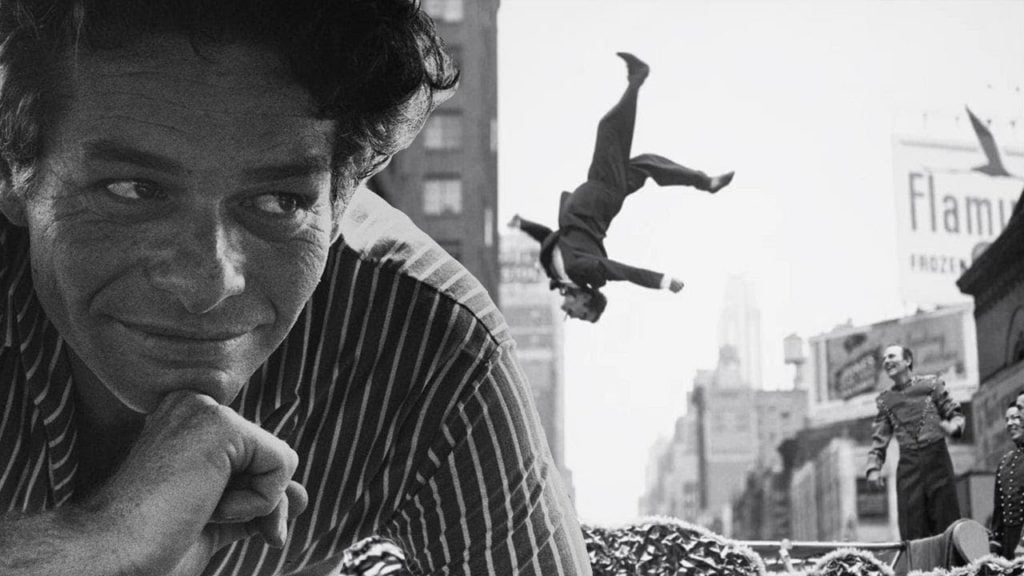
Henri Cartier-Bresson (1908-2004). Widely known as the godfather and maestro of candid and street photography, Cartier-Bresson shot memorable photos of critical moments on the street in 1930s Europe.
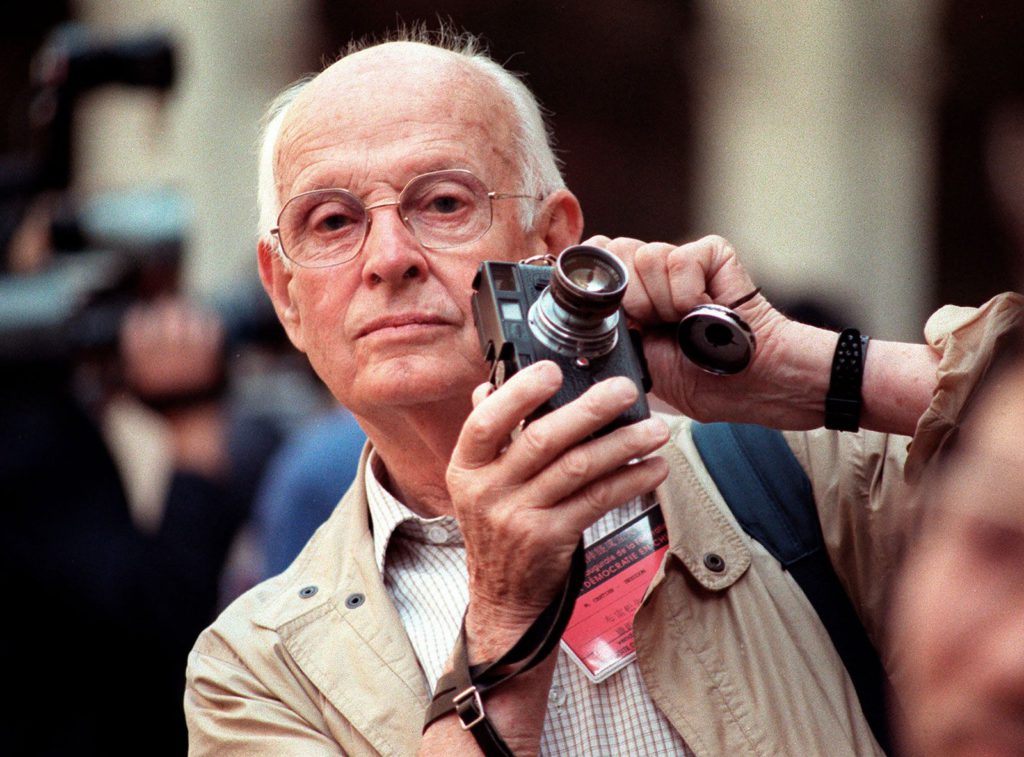
Helen Levitt was a journalist and author (1913-2009). Levitt, a native of New York City, photographed children and families in Harlem and the Lower East Side tenements.
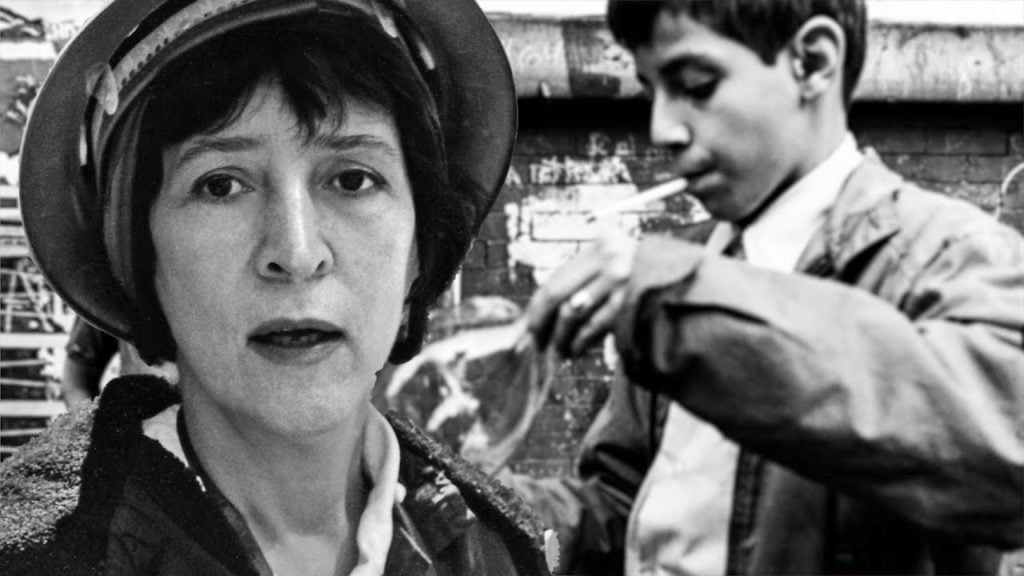
Nan Goldin, Ryan McGinley, and Olivia Bee are three modern photographers who have garnered prominence for photographing private, unguarded moments between friends and lovers.
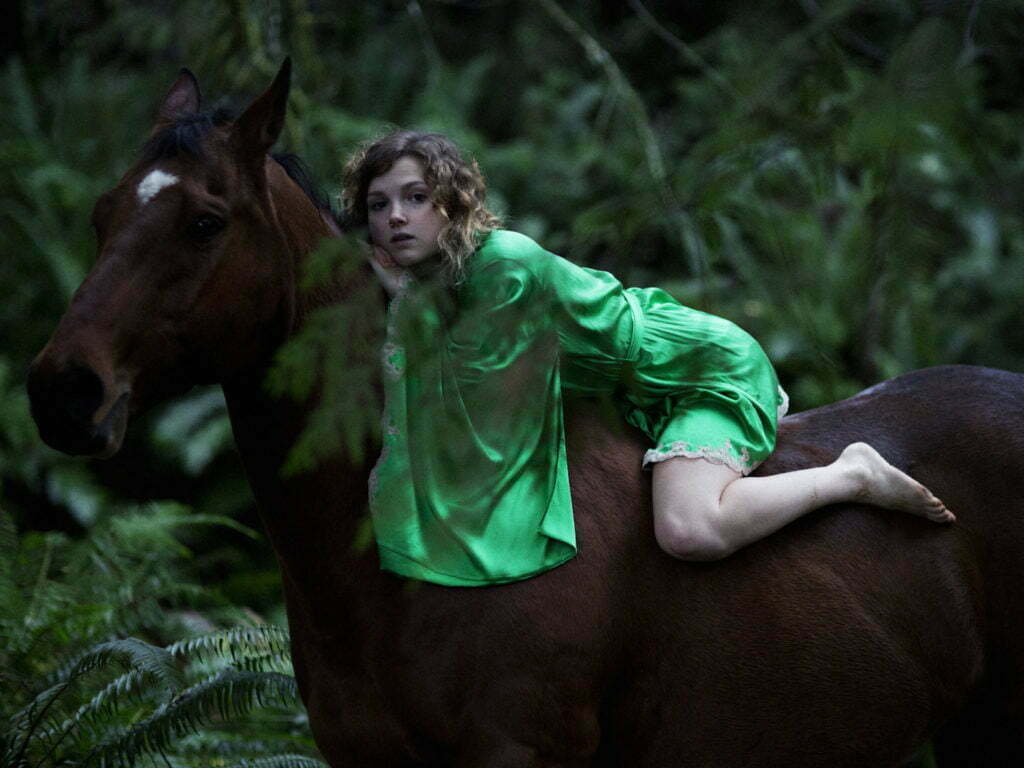
Best Techniques for Candid Photography
There’s a common notion that candid photography entails lurking in the woods and waiting for the right moment. This could hardly be more untrue. You can get close to your subjects, engage them in conversation, and still use candid shooting approaches.
There are no prepared photos or phoney smiles. There are no fake sensations here. It’s possible that the subjects are aware that you’re photographing them. The presence of the camera, however, does not take them out of the moment. A phoney smile or fake face is easy to recognise, and it’s the quickest way to a lousy shot.
You could be photographing portraits, events, or weddings. As a professional photographer, learning how to acquire candid shots will take you to a new level.
Blend in by being where the action is
For candid street and vacation photography, it’s crucial to shoot in an unobtrusive manner. Sometimes you want to picture people in their natural environment without letting them know or destroying the occasion. When trying to achieve this type of shot, there are a few important things that will make your life a lot easier. The first step is to immerse oneself in the action. Go to places where intriguing things are happening and stay there for a while. Choose a location and wait for your subjects to come to you. People will be able to enter your personal space as a result of this. And it’s not you who’s invading their territory. They will pay less attention to you. You’ll be able to get closer to people as a result of this.
The next step is to do some acting. For example, you can try behaving like a tourist to preserve that candid feel in the pictures. You can attempt photographing buildings or landscapes in the immediate vicinity of a person. How about pretending as if you don’t know how to use your camera by furrowing your brow! Aim up towards a building above them or to the side of them at the scenery. And then, at the last possible moment, aim the camera at them to get the shot. When photographing individuals approaching you, be aware of what one refers to as the camera snap.
When you take the camera away from your eye after taking candid images, it’s called a camera snap. It’s a natural reaction that everyone has. And this is how the person will know you took their picture. Instead, take a picture of the person as they approach you. As they go across the area, keep the camera still as if you’re waiting for them to move out of the way. This will ensure that the moment is as unscripted as possible.
Tell everyone to act as if you aren’t there
People are often apprehensive about having a camera when photographing an event or a wedding. They’ll find it difficult to immerse themselves in the situation. And they’ll be unsure if they should gaze here or there. They’ll try to strike a half-hearted pose or do things that appear odd.
Tell the group that you’re going to capture some candid photos of everyone hanging around in various situations. Request that everyone do their best to act as if you aren’t present. Have the subjects act out a certain situation or discussion during portrait sessions. Tell them you’ll ask them if you want them to do something special or stare at the camera. Otherwise, they can be oblivious to your presence. Sometimes all that is required is one prompt, and the environment will quickly become more comfortable. It allows them to move on without thinking about you.
Tell people to relax and pose in their own unique way
The easiest approach to pose someone for a portrait is to remove them from the situation. Instead, have them pose for you. Ask them to suggest some stances or how they would stand if you weren’t there. It’s amazing to see how calm and graceful people become when they’re asked this question. All they needed was prompt! These aren’t exactly candid photography photos. They will, nonetheless, have that frank or genuine vibe. The options are unlimited when you combine such positions with natural emotions elicited from a dialogue with your subject. If your subject starts to feel uneasy after a while, take them away from that stance. Place them in a different location. Alternatively, you can ask them to try something new, and the cycle will begin all over again.
With a prime lens, you can be more discreet
Zoom lenses will work great, and light prime lens work well. Your camera will be considerably more compact, less visible, and easier to handle with light prime lenses. It will enable you to go around an event, blend into the backdrop, then raise your camera to take a shot without drawing attention to yourself. In these situations, a 50mm, 35mm, or 28mm prime lens with a larger aperture (f/1.4 to f/2 range) will be ideal. This isn’t to say you can’t use a zoom lens. Alternate between the two or use both at the same time. It’s for this reason that many wedding photographers use two cameras. One is a zoom lens, while the other is a prime lens.
Telephoto lenses, if you have one, are an excellent method to blend in. You may stand a long way away and still capture a subject as if you were right there with them. A telephoto lens also distorts your subject’s perspective. This shifts the focus away from the setting and toward the individual. This is why many portrait photographers use telephoto lenses. When it comes to choosing the ideal lens for candid photography, go with what you’re most familiar with. You’ll be able to get more candid photography images this way.
Without being seen, get close to your subjects and observe them
Many photographers may lurk from a distance with a long zoom lens at events like weddings. This definitely works. When you put that massive zoom lens at them, however, people tend to notice you. Instead, take the opposite approach. For candid photography, there is no best lens. Only the one that provides you with the highest quality photos. Immerse yourself in the action. Participate in the amusement. People will feel more at ease around you if you do this. They’ll be more likely to relax their defenses. From here, you may look around the room and see who appears to be having a good time. Don’t look at them until you’re about to photograph them.
Eye contact is something that humans have evolved to notice. They will be taken out of the present moment as a result of this. This can be accomplished by blending in and remaining silent. When people’s focus is drawn away from you, you should take advantage of it. This is one of the best candid photography suggestions, straight from the book. This is especially vital if you operate in a corporate environment, where it is preferable to go unnoticed. Slow and quiet movements are recommended. Wear clothes that are similar to the people you’ll be photographing candidly. Another useful piece of advice is to use your camera’s live view mode whenever possible. This raises the shutter before the photo is taken, lowering the exposure sound.
To break the ice, ask questions
Between a photographer and their subject, the camera frequently acts as a barrier. It has the power to make your subject feel vulnerable and self-conscious. To break the ice, use your conversational abilities. The term “portrait candid photography” may appear weird at first. When someone knows you’re shooting them, how can you snap a candid portrait shot of them during a session? However, there is a technique to photograph your subjects in such a way that the moments feel genuine and honest. If you’ve ever seen exceptional candid photographers in action, you’ll note that one of their strongest characteristics is how they engage with their subjects. They know how to make kids feel at ease while also allowing their personalities to shine through.
Prepare a list of questions ahead of time. Alternatively, look for some common ground to discuss. If you’re at a loss for words, ask them a simple question. Inquire about their favourite hobby or a destination they’d want to visit. The glimmer of joy in their eyes might be a great starting point for a candid photograph. Keep your attention away from the fact that they’re being photographed. When you start conversing with someone, they’ll start to forget about the camera. When they converse, they will begin to express genuine emotions through their facial expressions. This is a technique for capturing natural-looking shots in a context that isn’t conducive to candid photography.
When you’re not directing your camera at your subject, pay attention. Keep an eye out and be prepared to fire. You may even be able to deceive them. Take a posed photo, then tell them you’re going to change your settings. Alternatively, put your camera down and use Silent Shutter mode while making a joke. Go for it and take the shot the moment they get that genuine look on their face.
For a better composition, move your subjects around
You can’t ask someone to move for a better composition if you’re taking a candid photo of them. It’s also futile to demand that they appear natural. As a result, the most awkward of all the shots are produced. Get up and wander about your subjects until they’re in the position you want, then snap the picture. Always keep your candid camera handy. A series of images taken from the same seat is usually monotonous and predictable. Moving around helps to keep things interesting.
To avoid being noticed, shoot from the hip
If you’re scared about being caught photographing someone who doesn’t want their picture taken, hold your camera at hip height. I’m not suggesting that you sneak up on someone and force them to pose for a photo. Street photographers, on the other hand, frequently shoot from the hip. This gives you a unique and exciting perspective on a topic you’re unfamiliar with. It also contributes to the shot’s ‘candid photography’ atmosphere. You shoot from eye level a lot as a photographer. The hip level will give you entrance to a whole new world. Try utilising live view to compose a shot first if you’re getting a lot of terrible photos. Although there is no ideal lens for candid photography, wider lenses are more comfortable to use.
To capture every moment, shoot in burst mode
When it comes to candid photography, people are unpredictable, and you only get one chance. Take a lot of pictures. Your camera, whether it’s a Nikon or a Canon digital camera, may capture excellent pictures. You’ll be astounded by what you discover. Shooting in burst mode also boosts your chances of getting that ideal shot. The best time for candid shots is when you’re with your family.
Lose the flash to maintain your discretion
It’s a dead giveaway if you’re using a flash. If you want to blend in, increase your ISO and widen your aperture. In low-light situations, such as inside, you’ll be able to snap well-exposed candid shots. You can use an ISO of around 800 and expand the aperture as much as you desire. This creates a great, shallow depth of field in your images, allowing you to focus on the subject rather than the background. It is one of the most critical candid photography techniques.
Conclusion
Through this article, we learned what candid photography means and how to master the art of capturing great and crisp candid pictures. Not only that, topics such as the best cameras, lenses, and other equipment that suit candid photography the most are also discussed thoroughly for our readers to acquire all there is to know about this style of photography. Not to mention along with some famous candid photographers. Head towards Podium Blog to know about more such interesting facts.
Frequently Asked Questions
Question 01: Who invented candid photography?
Answer: Henri Cartier-Bresson was a 20th-century French humanist photographer who pioneered street photography as a means of capturing a pivotal moment. Henri is widely regarded as the maestro of candid photography and was one of the first users of 35mm film.
Question 02: How many types of photography are there?
Answer: Portrait photography, photojournalism, fashion photography, sports photography, still life photography, editorial photography, and architectural photography.
Share with your friends

